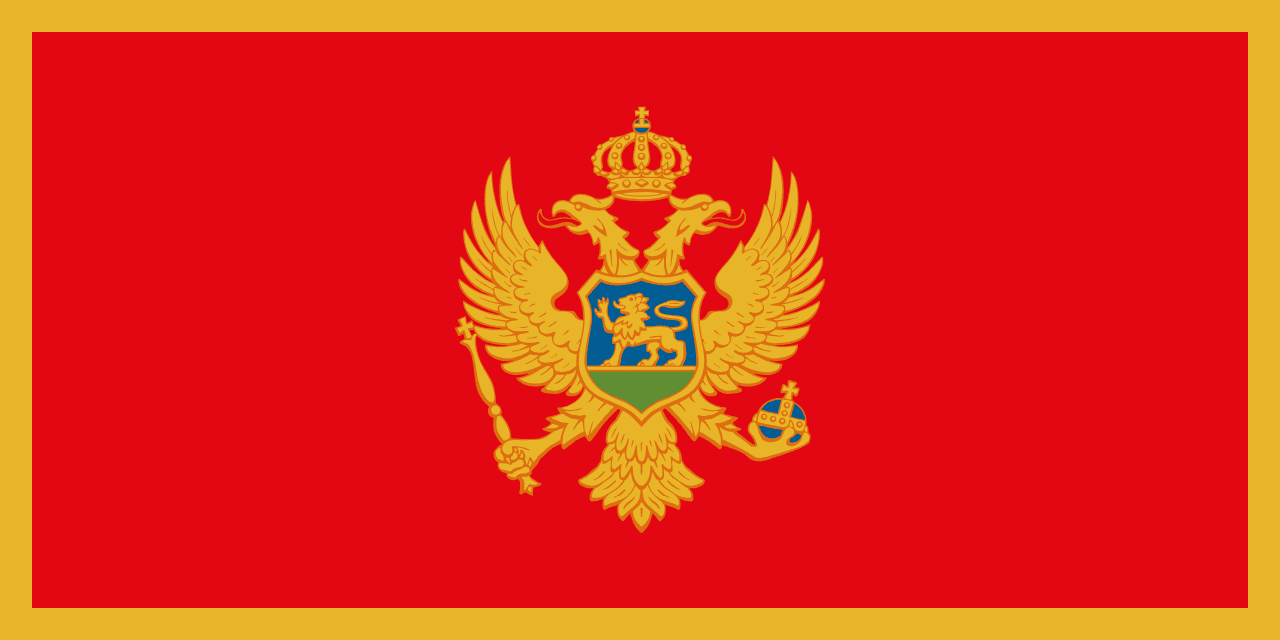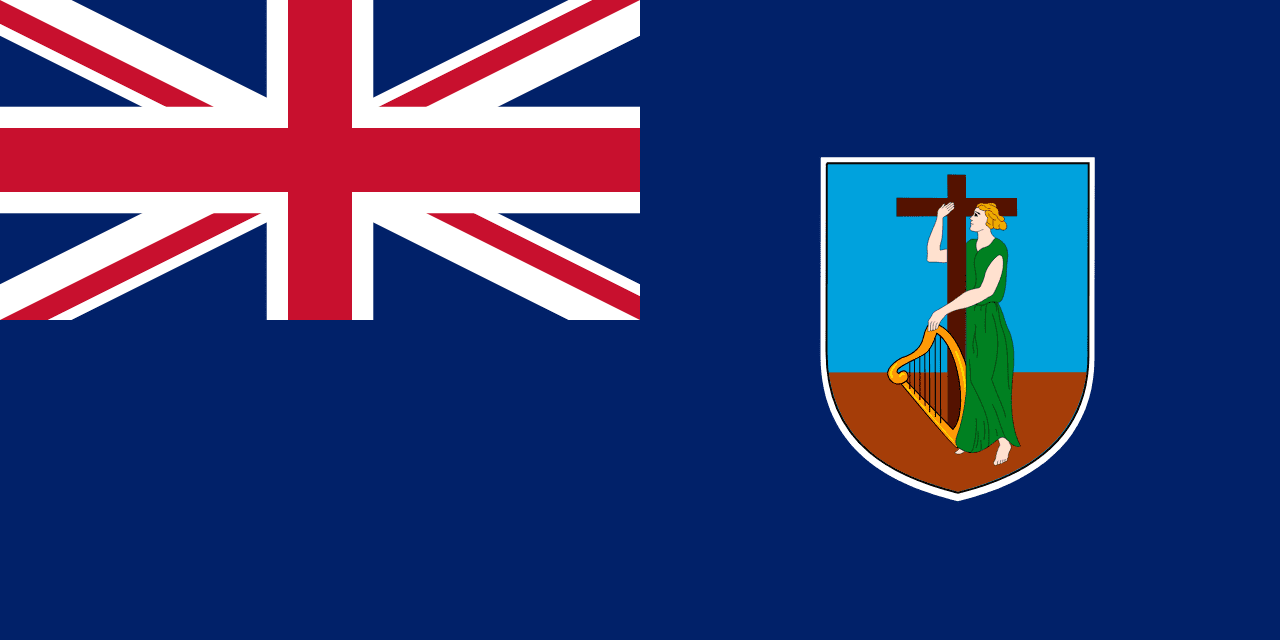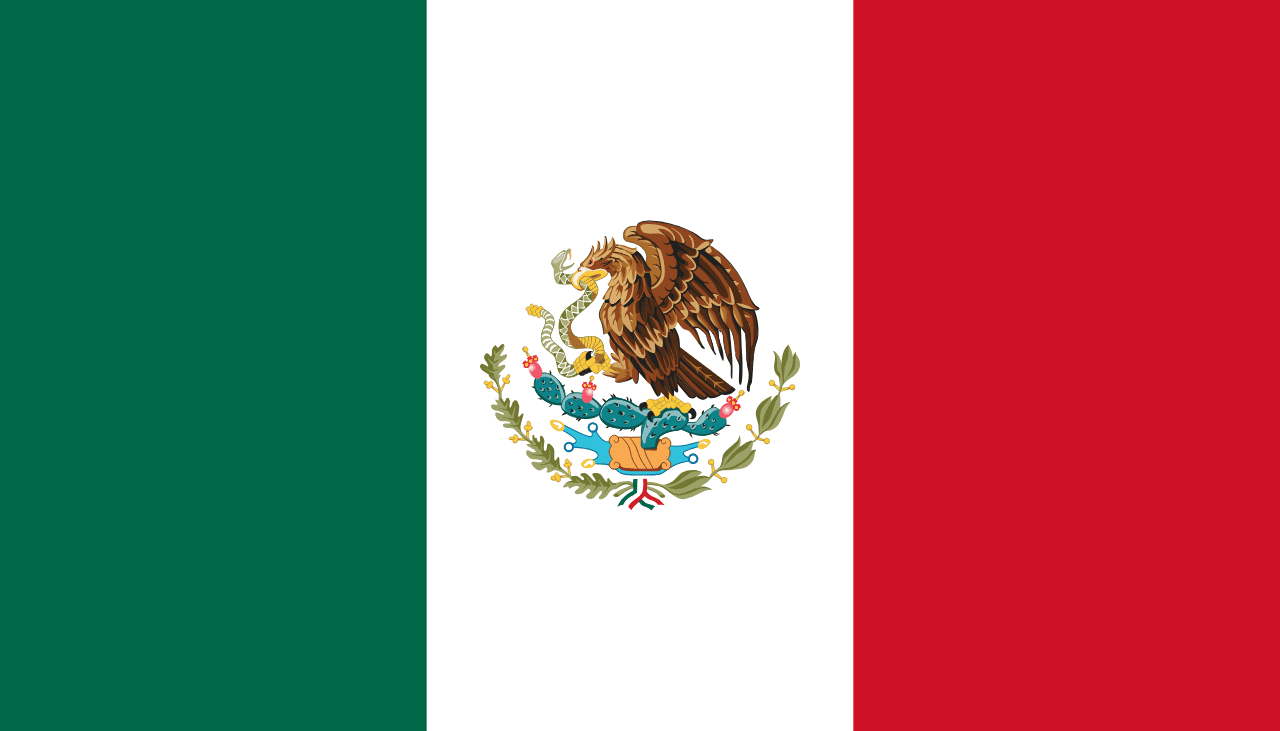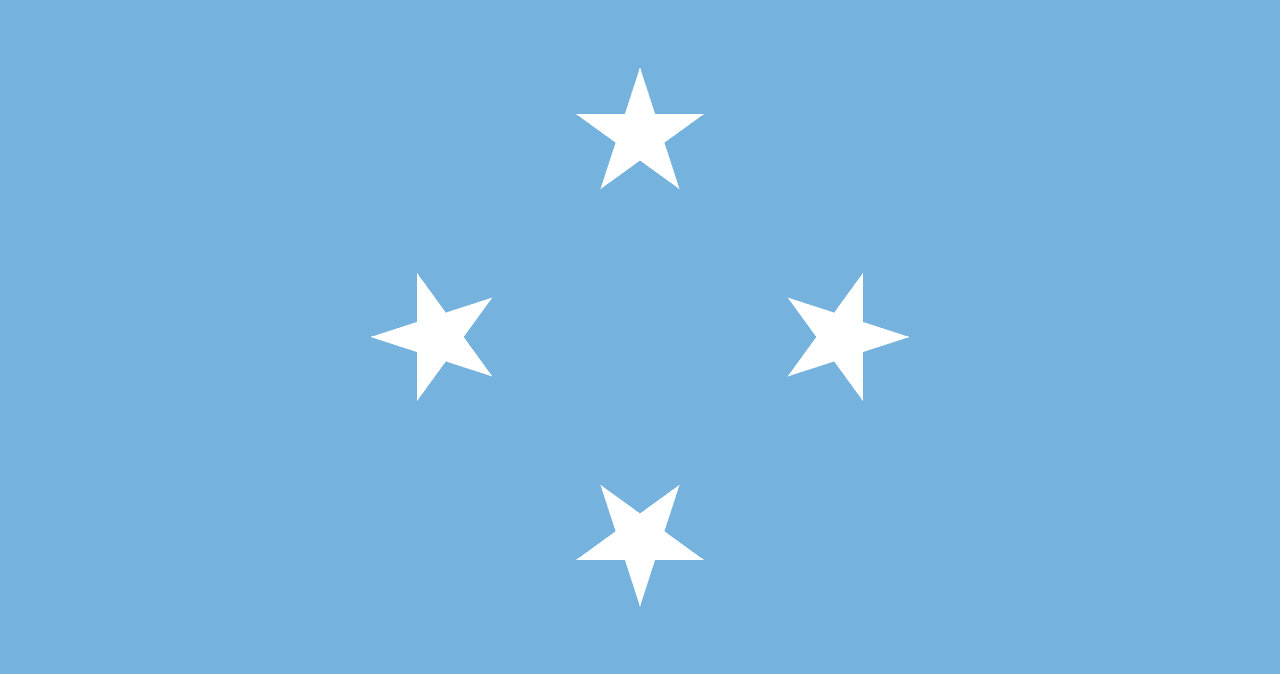The flag of Monaco consists of two equal horizontal bands: red on the top and white on the bottom. This simple yet striking design reflects the long-standing heraldic colors of the House of Grimaldi, the ruling family of Monaco since the 13th century.
Monaco information
| National Flag Day | — |
| Sovereign state | Yes |
| Official name | Principality of Monaco |
| Capital | Monaco |
| Population | 39,244 |
| Area | 2 km² |
| Currency | Euro (€) (official) / Monégasque franc (unofficial) |
| Language | French (official) / Monégasque, Italian, English |
| Continent | Europe |
| Region | Southern Europe |
| Subregion | Western Europe |
| Borders | France |
| Timezone | Central European Time (CET) UTC+1 |
| Calling code | +377 |
| Top-level domain | .mc |
History of the Monégasque flag
 The current design of the Monégasque flag was officially adopted on April 4, 1881, under Prince Charles III. However, the red and white colors have been associated with Monaco for much longer, dating back to the reign of Prince Charles I in 1339. These colors were derived from the coat of arms of the House of Grimaldi. The flag's design has remained unchanged since its official adoption, symbolizing the continuity and stability of Monaco's monarchical tradition. Interestingly, the flag is nearly identical to that of Indonesia, with the only difference being their proportions.
The current design of the Monégasque flag was officially adopted on April 4, 1881, under Prince Charles III. However, the red and white colors have been associated with Monaco for much longer, dating back to the reign of Prince Charles I in 1339. These colors were derived from the coat of arms of the House of Grimaldi. The flag's design has remained unchanged since its official adoption, symbolizing the continuity and stability of Monaco's monarchical tradition. Interestingly, the flag is nearly identical to that of Indonesia, with the only difference being their proportions.
Symbolism and design of the Monégasque flag
The Monégasque flag's design is deceptively simple, yet rich in historical significance. The red band at the top represents the flesh and blood of the human body, symbolizing the vitality and strength of the Monégasque people. It also stands for the dynamic and passionate nature often associated with Monaco's vibrant culture and famous casino. The white band at the bottom symbolizes purity, peace, and the unity of the Monégasque people under the rule of the Grimaldi family. Together, these colors reflect Monaco's dual identity as both a luxurious resort destination and a sovereign state with a long-standing monarchical tradition. The simplicity of the design also makes the flag easily recognizable, an important factor for a small state seeking to maintain its distinct identity on the world stage.
Usage and significance of the Monégasque flag
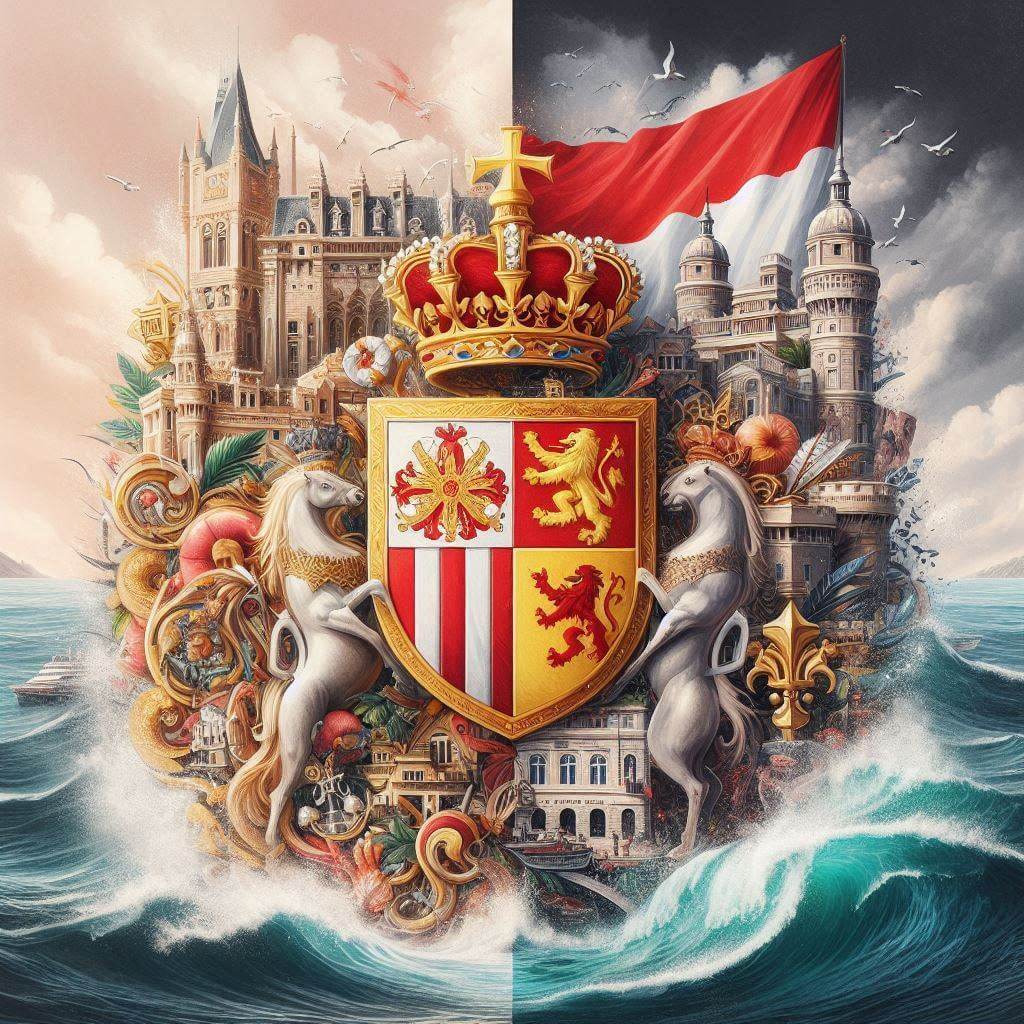 The flag of Monaco is a source of national pride and is prominently displayed throughout the principality. It flies on government buildings, the Prince's Palace, and other official institutions. During national holidays such as the National Day (November 19) and the Monaco Grand Prix, the flag takes center stage in celebrations and decorations across the city-state. The flag also plays a crucial role in international events, representing Monaco's sovereignty and unique identity on the global stage. It is particularly visible during sporting events, where Monégasque athletes compete under its colors. The flag serves as a unifying symbol for Monaco's diverse population, which includes Monégasque citizens, French nationals, and a large international community. Its presence reinforces Monaco's status as an independent nation despite its small size and close ties to France.
The flag of Monaco is a source of national pride and is prominently displayed throughout the principality. It flies on government buildings, the Prince's Palace, and other official institutions. During national holidays such as the National Day (November 19) and the Monaco Grand Prix, the flag takes center stage in celebrations and decorations across the city-state. The flag also plays a crucial role in international events, representing Monaco's sovereignty and unique identity on the global stage. It is particularly visible during sporting events, where Monégasque athletes compete under its colors. The flag serves as a unifying symbol for Monaco's diverse population, which includes Monégasque citizens, French nationals, and a large international community. Its presence reinforces Monaco's status as an independent nation despite its small size and close ties to France.
Interesting facts about the Monégasque flag
- Monaco's flag is one of the oldest national flags still in use, with its colors dating back to the 14th century.
- The flag is almost identical to the flag of Indonesia, leading to occasional confusion in international settings. Monaco's flag is slightly wider, with a ratio of 4:5 compared to Indonesia's 2:3.
- In heraldic terms, the flag is described as "Gules, a fess Argent" (red, a white bar).
- The Monégasque flag inspired the creation of the "Monaco Red" color standard, a vibrant shade of red used in fashion and design.
- During the reign of Prince Charles III (1856-1889), Monaco briefly used a different flag featuring alternating red and white lozenges, before reverting to the current design.

